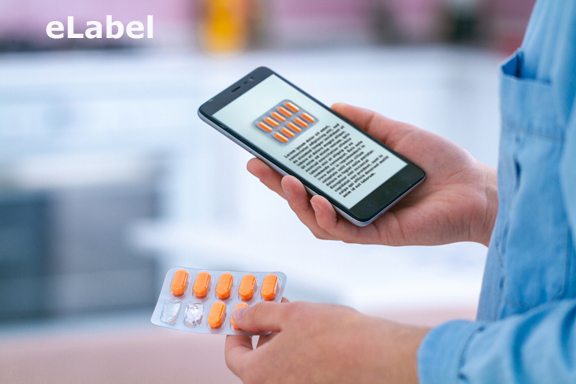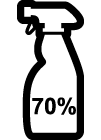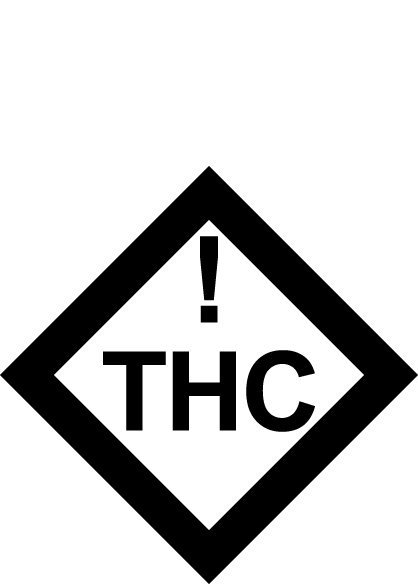eLabel vs Booklet Label

E-LABEL CONCERNS … (hint – elabels should not stand on their own)
We understand that there is great interest in “e-label” solutions that seemingly provide a lot more information for less cost. With almost everybody on earth having a smartphone, there is great interest in slimming down the required copy on the product and offering the balance of the information on a website. (Above- patient used a barcode on pill package to get to a website) We aren’t saying it’s a bad idea, but it’s important to understand the risks. Consider how young and untested all this technology is, and the fact that government bodies are playing catch up. Is it worth the risk to have a product in the marketplace with a bare minimum of directions for use copy? Many of our customers say no. You may save a few pennies in the short run by not using a booklet label versus a barcode and a few lines of copy, but what is the downstream risk? It could be sizable…. What if authorities catch up and find your product doesn’t have enough information? What if there is an emergency and your end user needs the information, but can’t access the website due to a… dead battery… damaged phone… network down… misplaced phone…, etc?
The list of anomalies that could get you into expensive trouble is endless. The best way to mitigate label compliance risk is to put a “hard copy” of all the important information on your product. This isn’t legal advice nor are we saying you won’t have issues if you do this, but it makes the most sense, and gives you logical protection and a great argument. The most logical way to provide information is directly on the product which offers the best defense in the face of a government inquiry or court issue because you did everything you could to make your product label compliant and safe. We aren’t saying smartphones and barcodes are a bad idea. In fact, we like the idea a lot. We are simply saying be careful about letting an elabel stand on its own. It’s risky. The best idea is to combine both technologies (hard copy and elabel) to ensure your company is in compliance with government regulations and its own legal department.
If you are worried about making all the copy fit, don’t. It doesn’t matter if you have a tiny 2.5 ml vial or a large drum, we have many excellent label constructions to present all the required copy on the product. If you are a firm that needs to determine what you legal copy you on the product, we can refer you to somebody who can advise you.
BOOKLET LABEL ADVANTAGES OVER THE E-LABEL.
• Instructions/information are affixed DIRECTLY to the product rather than being accessed from a device that may require multiple steps to get to the information.
• The product user doesn’t have to be tech savvy to use it. There are many who are still “tech” adverse. Those who haven’t grown up with technology are more likely to resist it
• You get a “hard copy” of key information with each product. When you have questions, it’s always there 24/7.
• In our litigious society, booklet labels may be one of the best legal defenses against product liability because the information is ON the product. Imagine how NOT HAVING a physical copy of the important information readily available would be presented in court. You can just hear the prosecution…”Why wasn’t the information on the product???….Where was the information located???…how can you expect them to get this information if it’s located…”
• It allows you to open up graphic space and tuck the “scary” information inside the booklet.
• You don’t need an expensive, complicated network to use them.
• It offers ways to build a deeper, layered defense against counterfeiting.
• They don’t need batteries or a power source.
• They don’t break if dropped or immersed in water.
• They won’t have a catastrophic malfunction.
• They can’t get hacked. (an issue that gets worse by the day)
• They offer a simpler presentation. Complexity can create unanticipated problems and costs.
Again, eLabels have great promise, but it’s too soon to allow them to stand on their own without a volume of hard copy accompanying the product. Combining the two technologies may offer the best solution, and a competitive edge.









